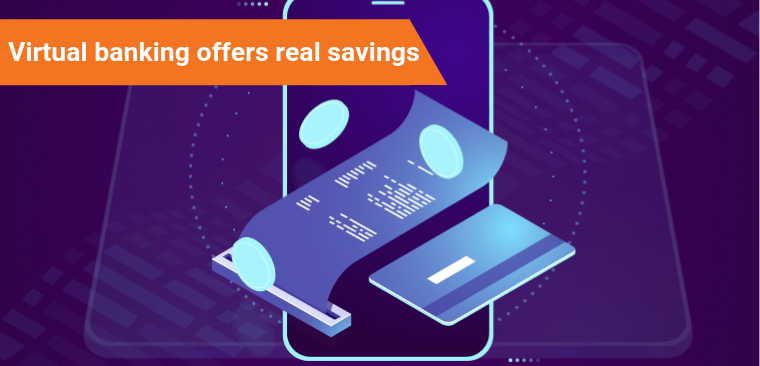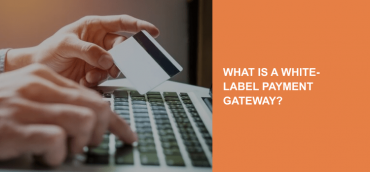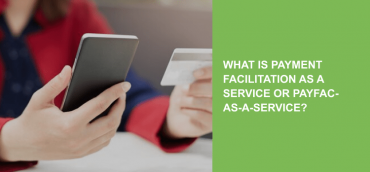The development of digital banking
To breathe freely in today’s world, people must at least be aware of the latest aspects of the digital world. In the age of information technology, to provide any financial transaction, you no longer need to go to the bank and hassle in its long lines. To pay for such services like transferring money, changing currency, controlling accounts and much more, wherever you are 24 hours a day, seven days a week, you need virtual banking though.
The root cause of using the virtual banking system by commercial banks is competition. Here in which Internet technologies were considered as a way to retain and attract customers, and cost-effectiveness, since it is much easier and cheaper to distribute and provide banking services via the Internet than to create traditional branches requiring buildings and personnel.
What is virtual banking?
Virtual banking is a hardware and software complex which gives you access to all banking services as if you go to any local branch. In other words, it is a system of managing bank accounts via the Internet.
What services does virtual banking provide?
- Monitoring transactions on your accounts;
- providing utility bills payments;
- opening deposit accounts;
- repaying the loans;
- real-time funds flowing analyzing;
- money transferring;
- consulting with a bank worker remotely;
- providing payments for cell phone services, Internet providers, domestic bills;
- setting and changing card limits;
- intrabank payments to the accounts of individuals and legal entities.
With the advent of virtual banking, its potential only increases. Online banks are not about to halt their development and plan to expand functionality and offer users new services that make their lives easier.
Security of virtual banking
It goes without saying that data protection is one of the most significant roles in virtual operations.
Today, the level of protection of bank networks has grown significantly, and the functionality of Internet banking has expanded. The principal, essential advice which helps you to keep your data out of risks when using Internet banking: never disclose your passwords to third parties.
How do banks protect your data during virtual operations?
- Electronic digital signature.
It is a signature obtained as a result of the cryptographic transformation of an electronic data set. It is realized not with the help of graphic images, but with mathematical conversions over the content of the document. Such “mathematics” guarantees the impossibility of falsifying electronic digital signatures by unauthorized persons. The disadvantage is that this signature may be vulnerable to scammers. They can get access to the key to your digital signature by infecting your computer with malware.
- Data encryption.
To date, the vast majority of the financial institutions, to ensure data security, resorts to SSL encryption. In this case, the browser first converts the card number to a random character set and only then sends it to the server. Decrypt the message will be possible only with a unique key, which is stored on the server.
The SSL certificate does not allow fraudsters to intercept or replace users’ data: contact information, bank card numbers, passwords, email addresses.
- One-time, temporary passwords.
It is an additional level of security when dealing with banking accounts. Each time you connect to the account, the user is required to enter a unique one-time password.
Each user of the virtual bank can reduce risks by following simple recommendations:
- check if a connection is established with the bank’s server (is there an https prefix in front of the organization’s website address) to avoid fraudulent usage;
- use licensed versions of antivirus protection systems, protection against unauthorized access, spyware;
- do not leave the computer unattended;
- after finishing work in the Internet banking system, it is mandatory to log out of the system, close the browser window with the bank interface;
- do not leave information about the username and password on the computer, do not tell anyone about them;
- once every couple of months you should change the password for entering the virtual banking system;
- you should avoid working through public Internet access points. Try not to work with online banking through insecure network access points, if possible;
- it is necessary to provide monitoring of account statements (to prevent fraudulent write-offs of small and large amounts).
The final thoughts
In conclusion, let’s connect all the dots of using virtual banking.
Pros:
- Time-saving.
- Real-time monitoring.
- Protection from scammers.
- Lack of commission.
- Bonus programs.
- Higher deposit rates.
Despite the advantages, virtual banking still has drawbacks. For example, customers who are abroad. They may not receive a one-time password on their phone to confirm payment. Alternatively, you can temporarily change the confirmation method. One of the most significant drawbacks for cooperation with the bank’s online service remains additional risks. This refers to the penetration of scammers into the system and providing payments from the perspective of account holders. There are plenty of such cases. For instance, the scammers gain access to the account due to the carelessness of the client, scattering passwords, and visiting phishing sites that can pull confidential information from the computer.





